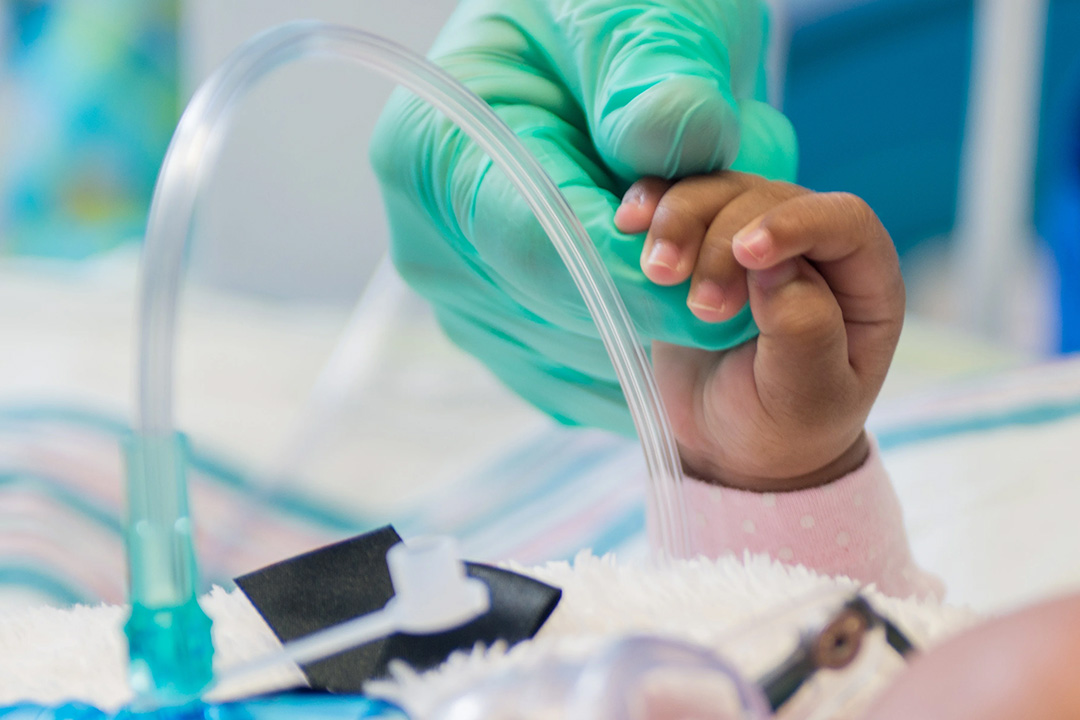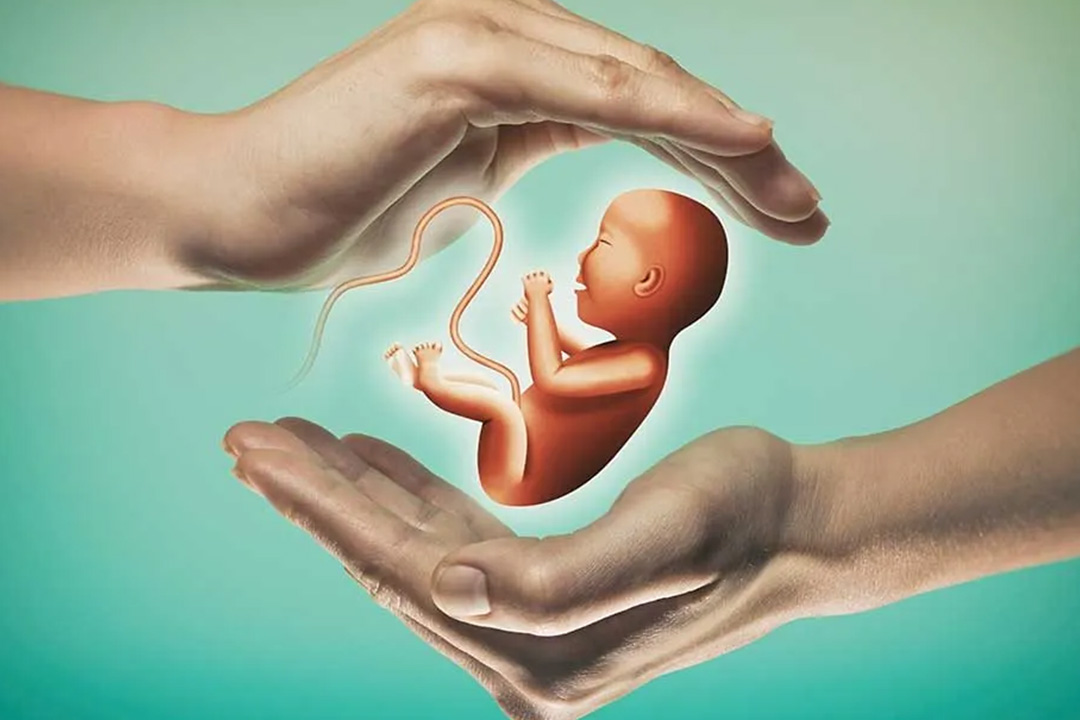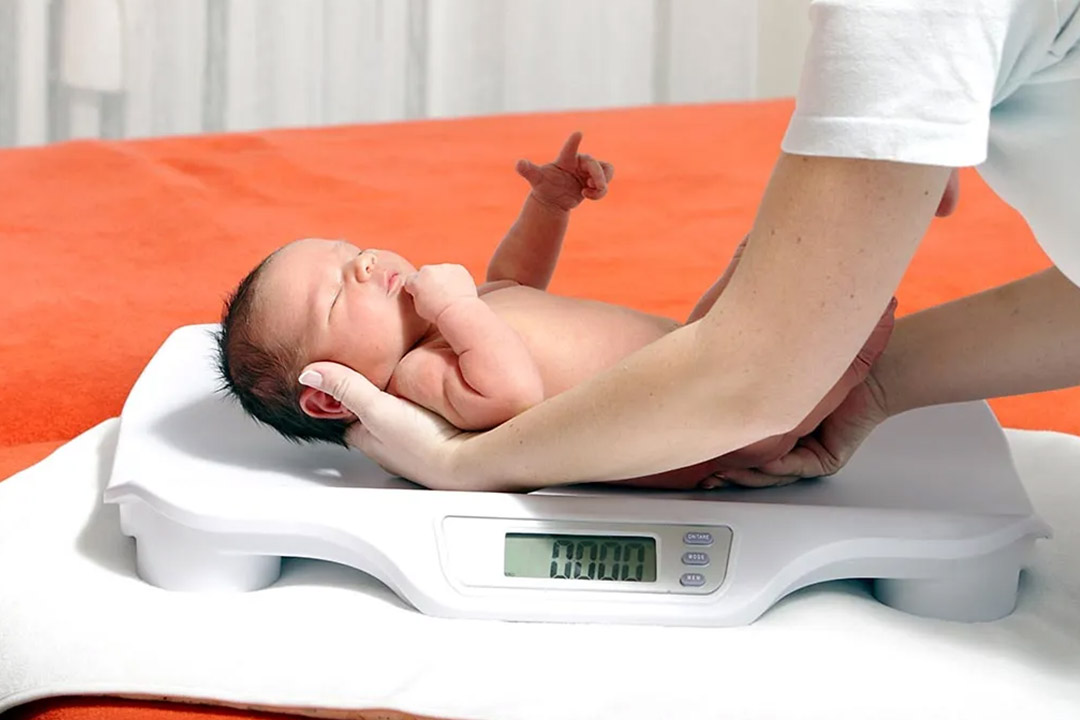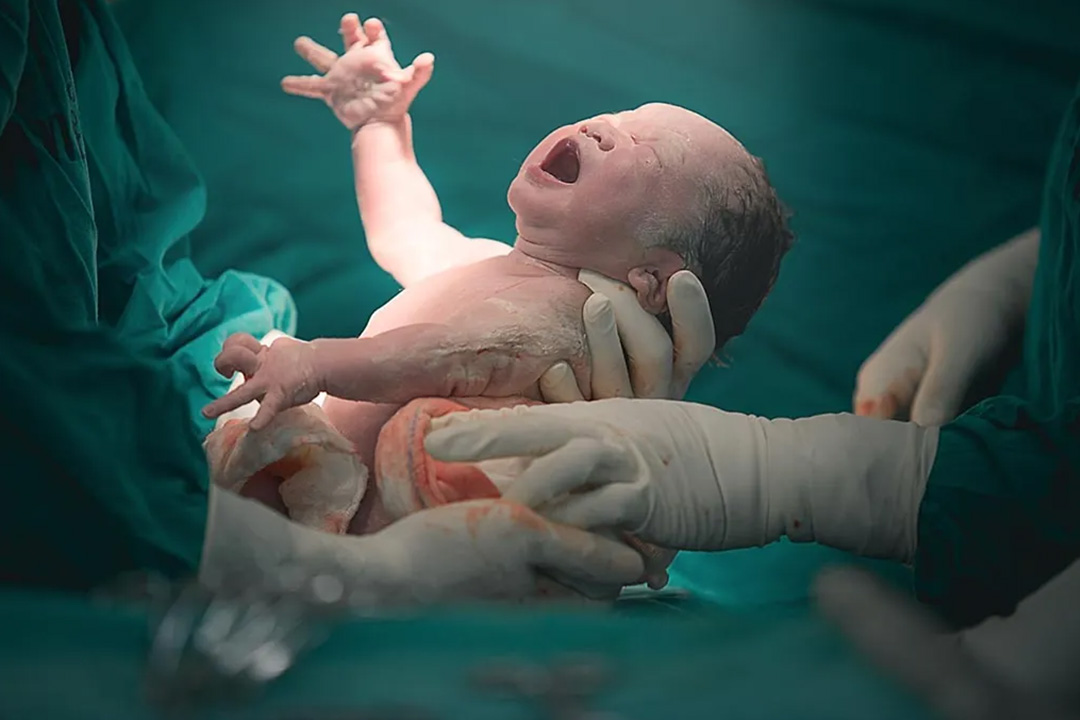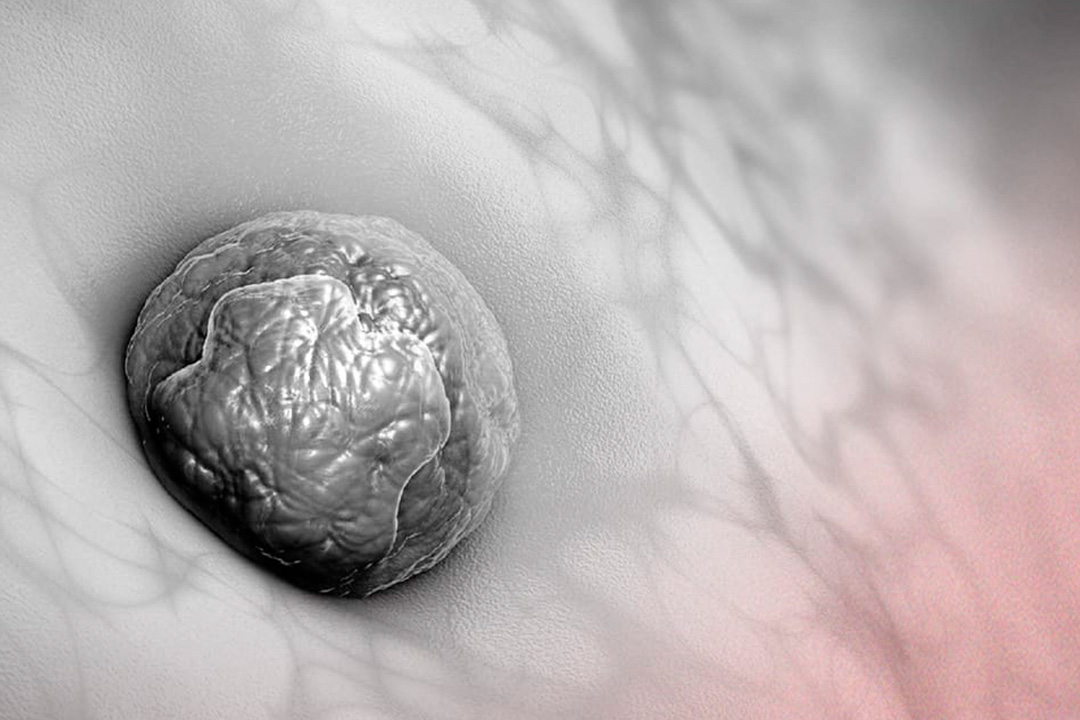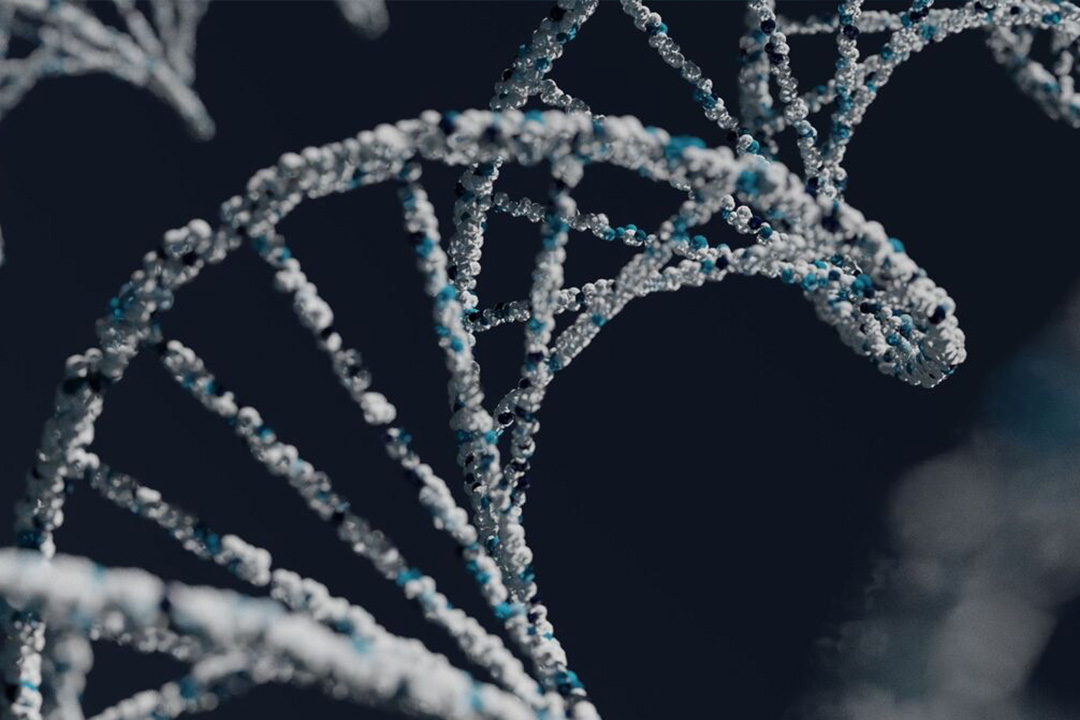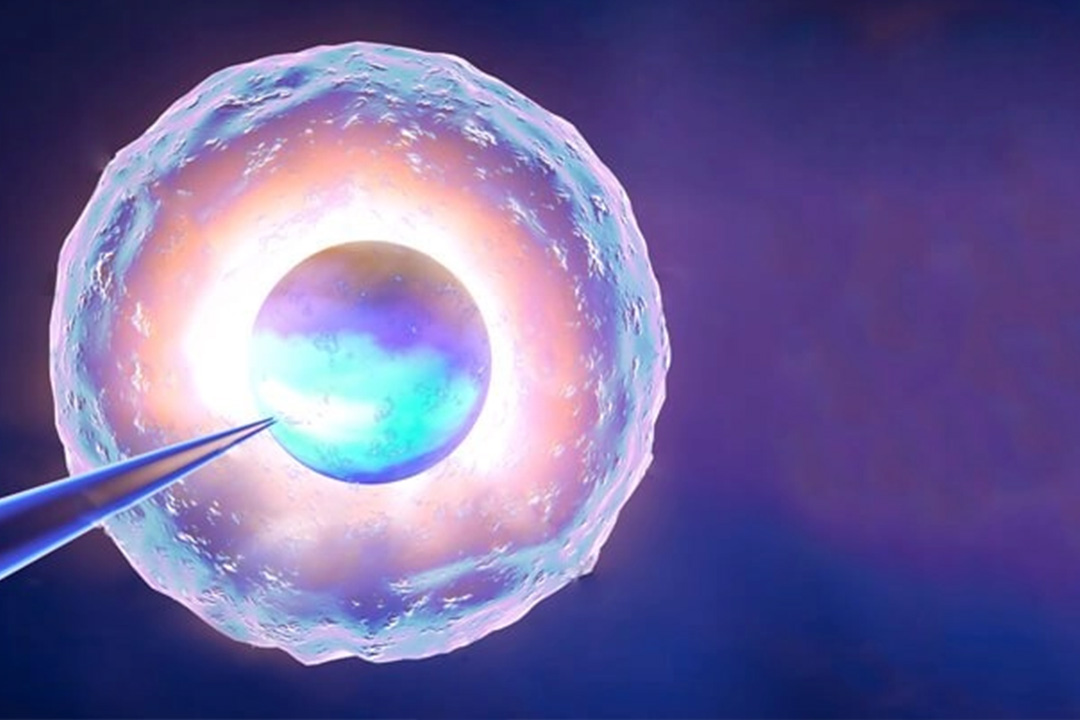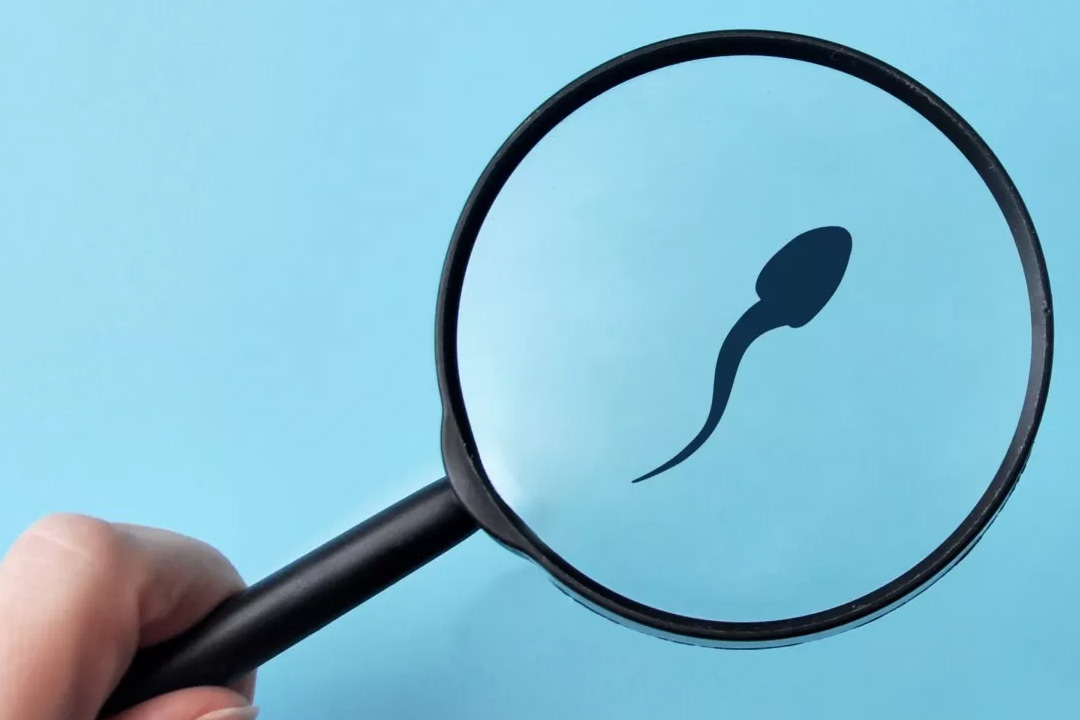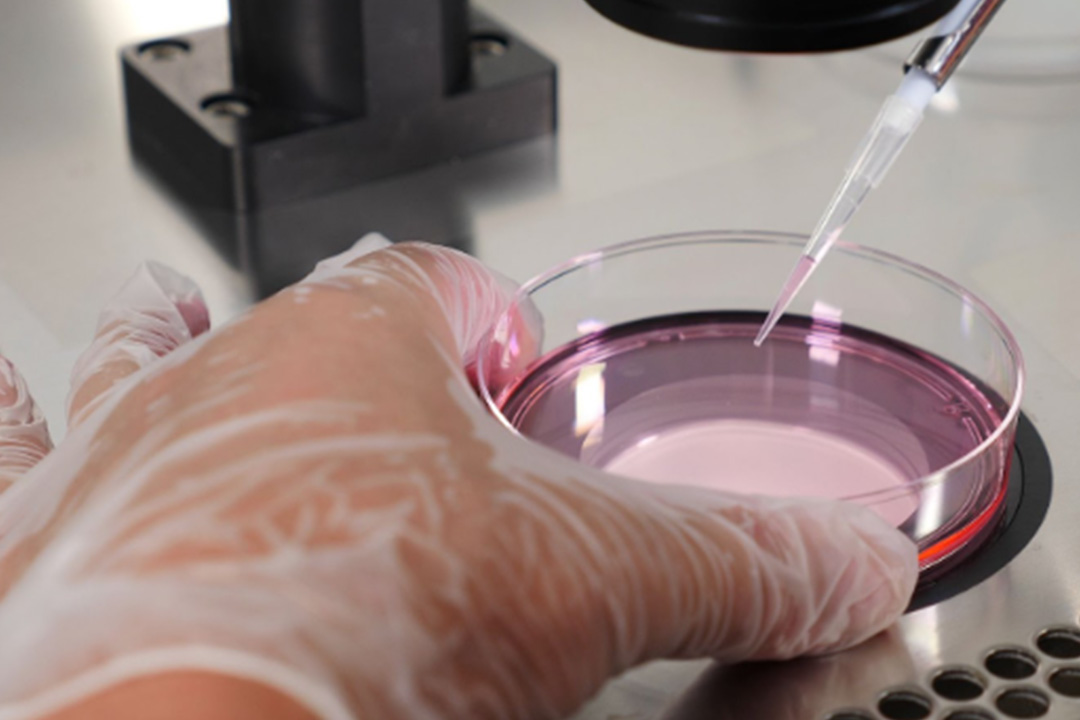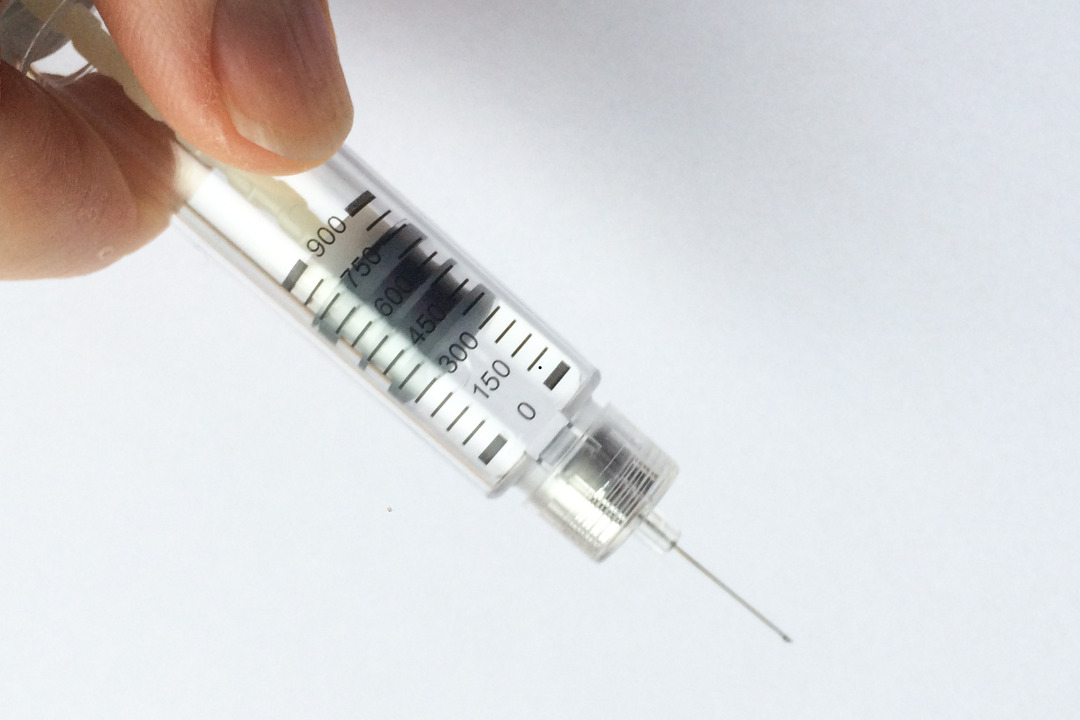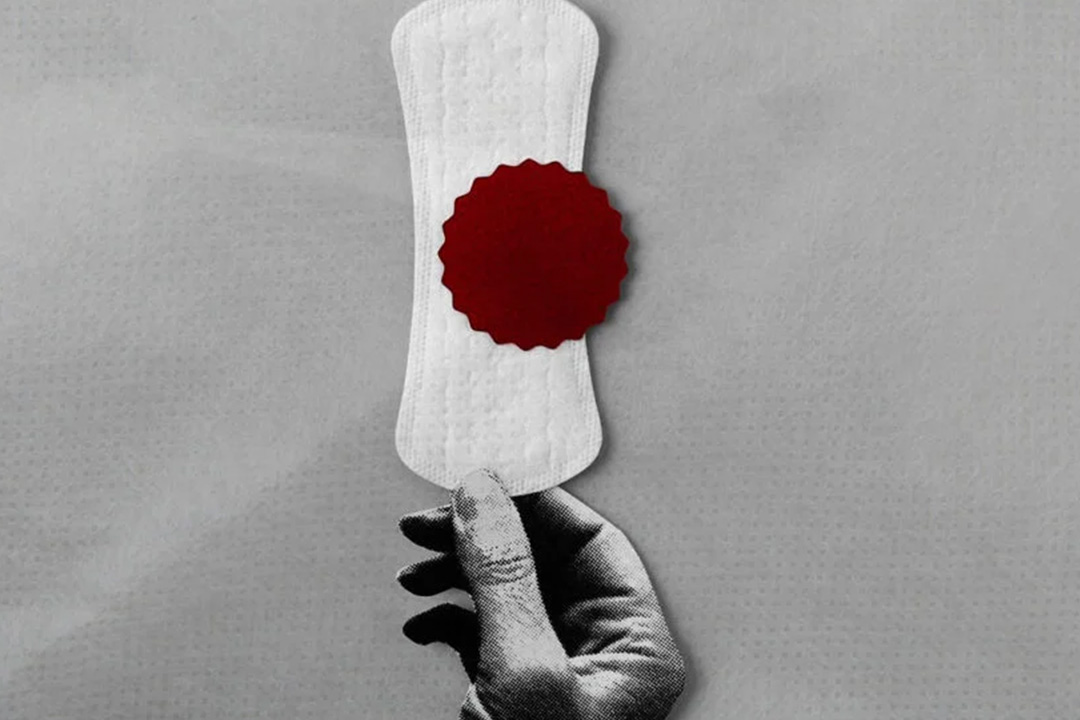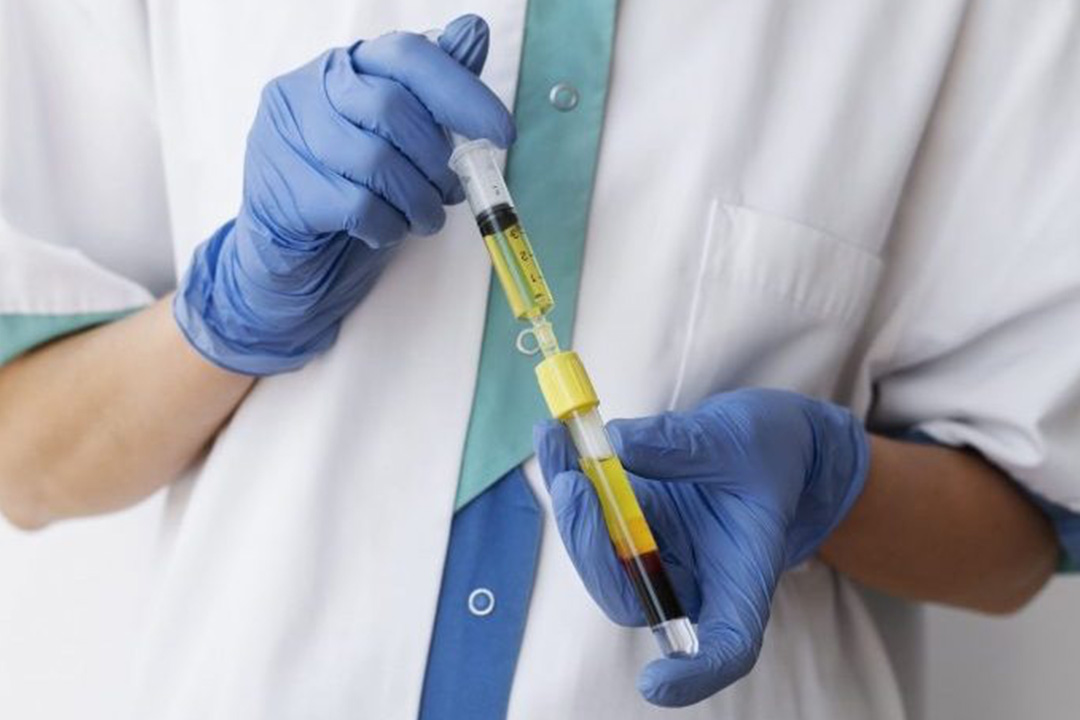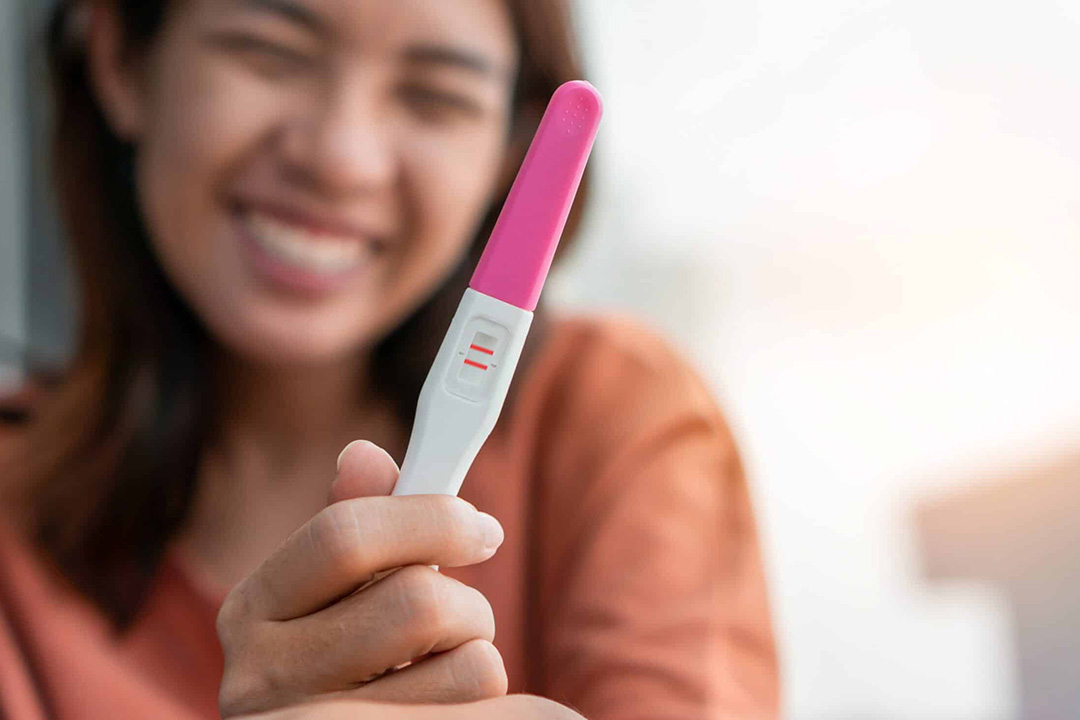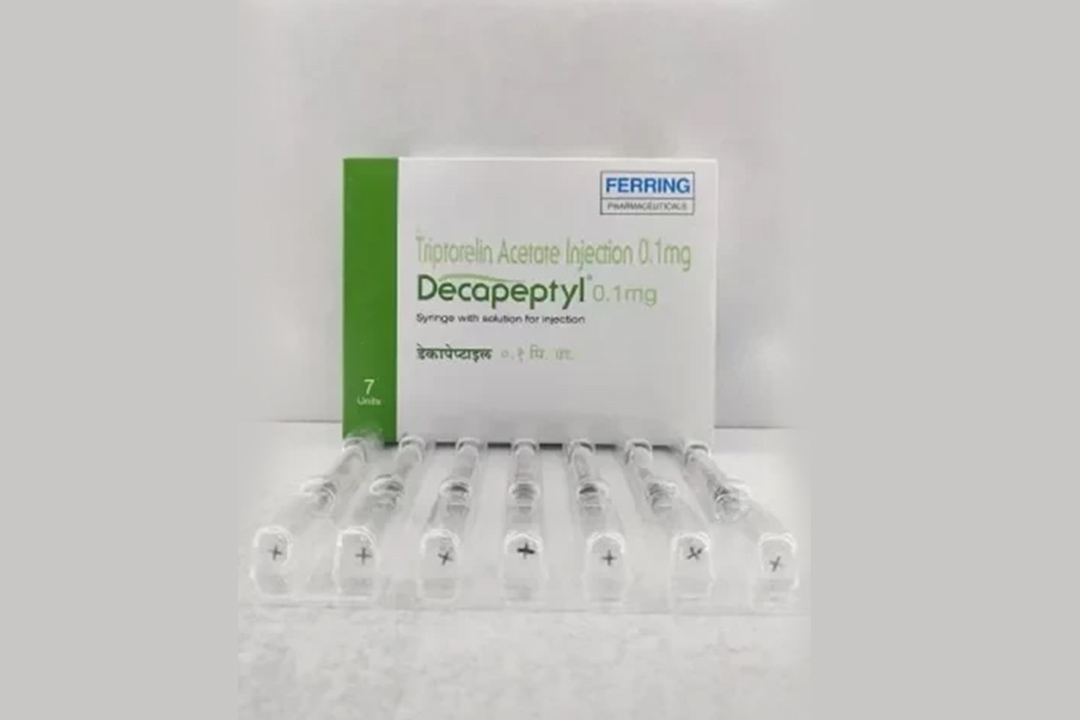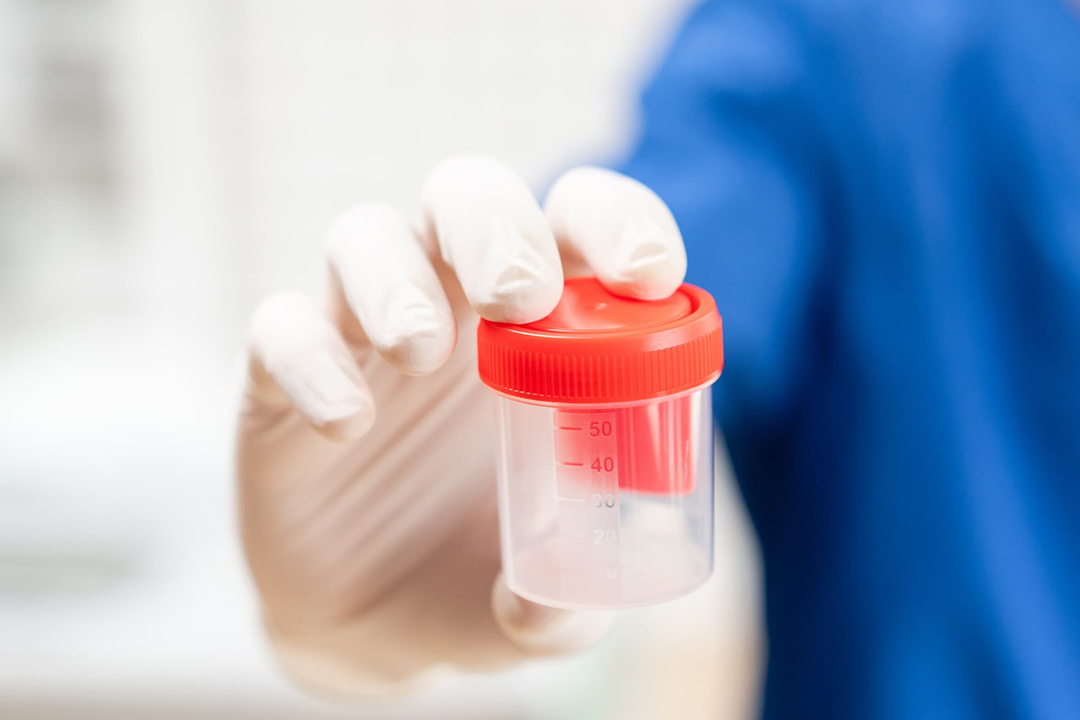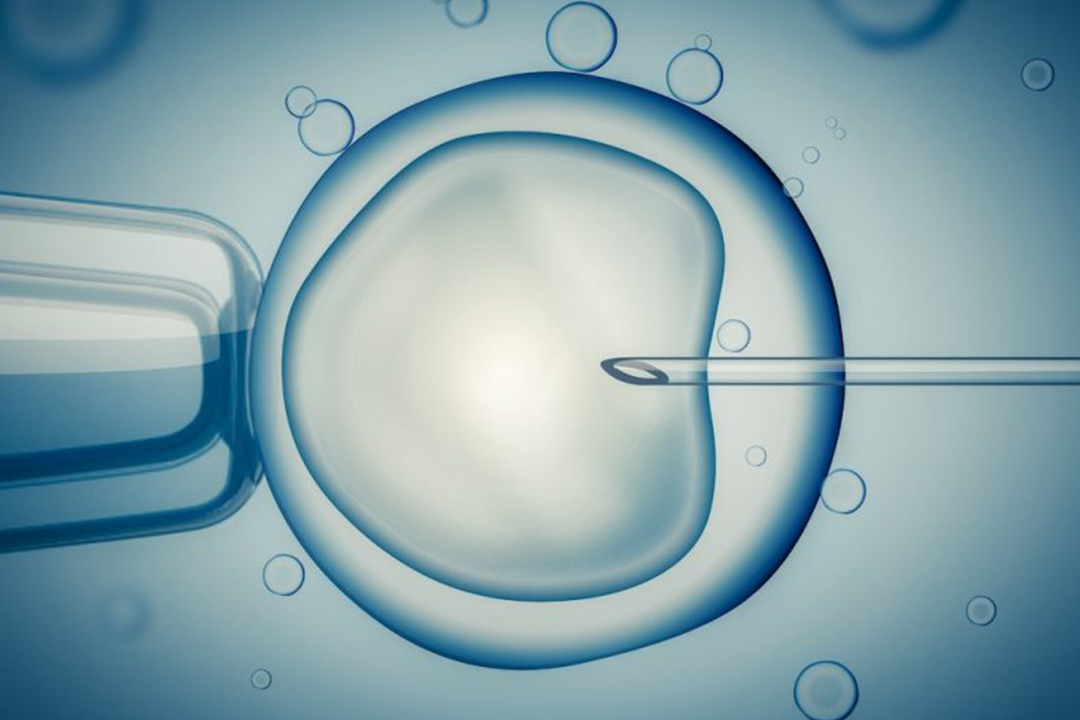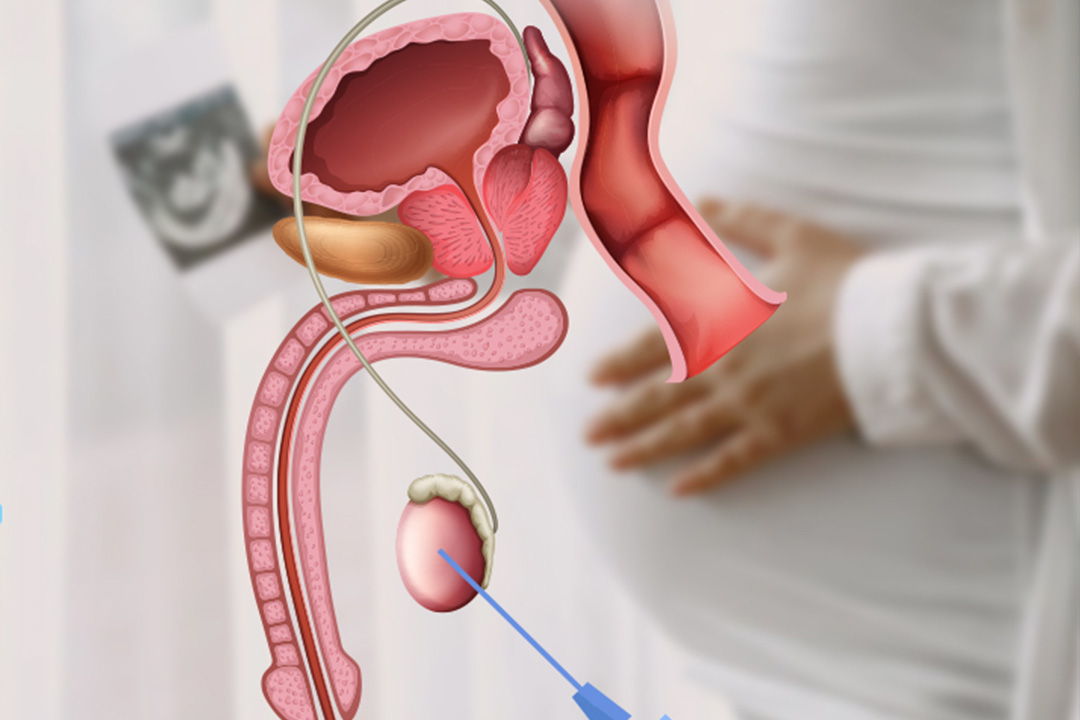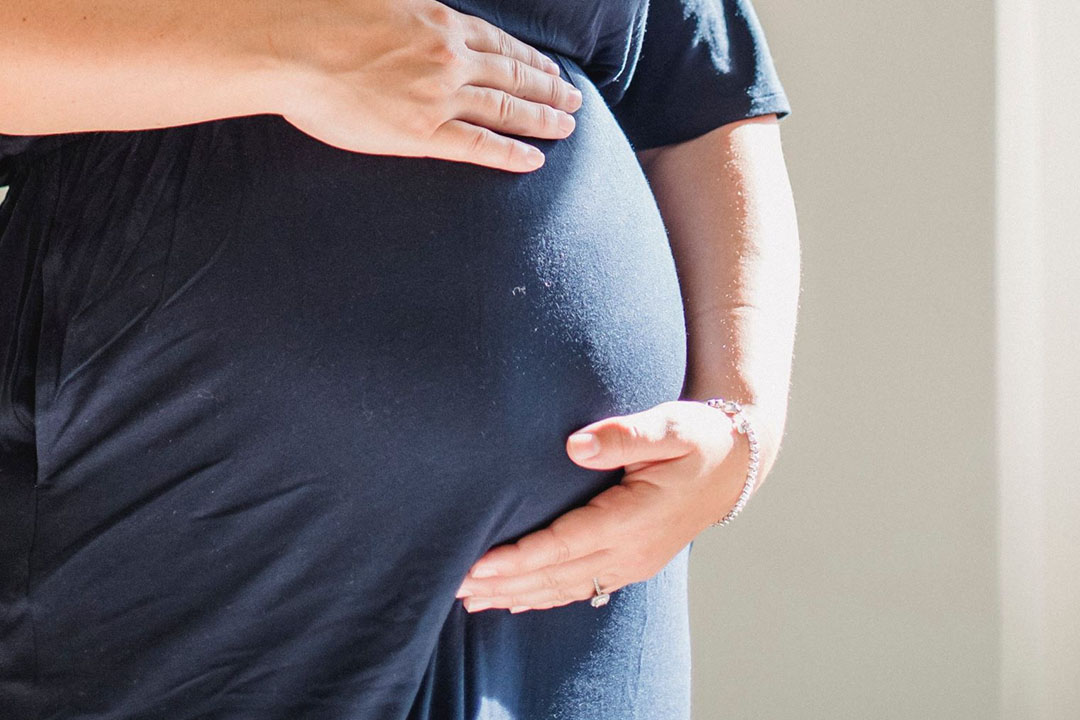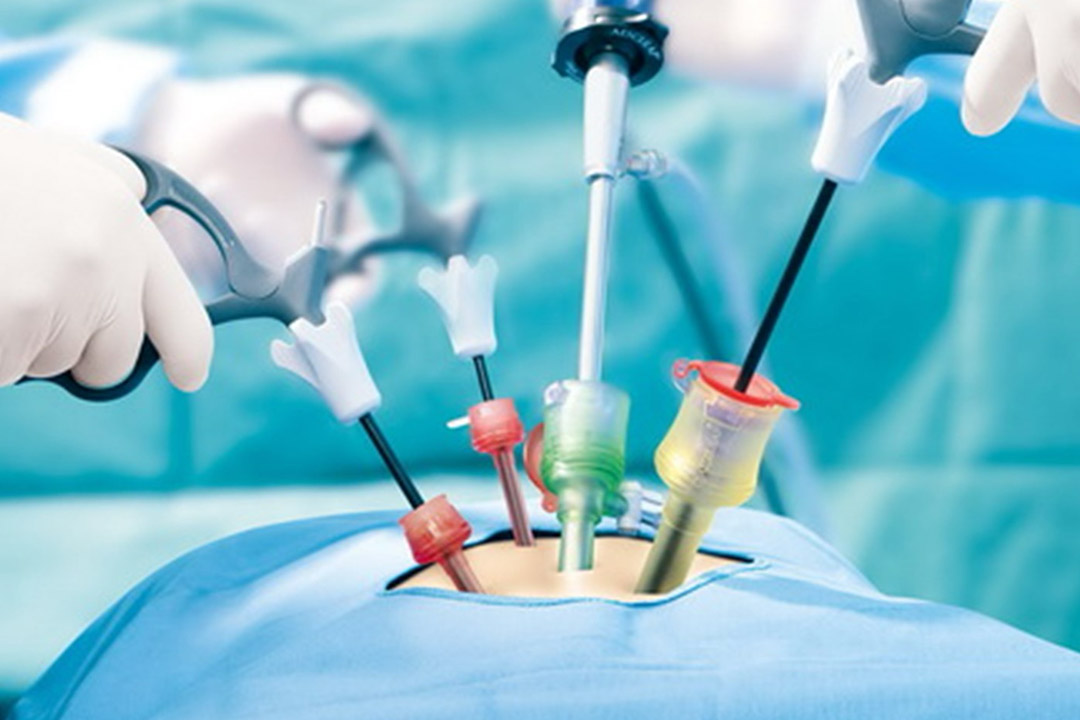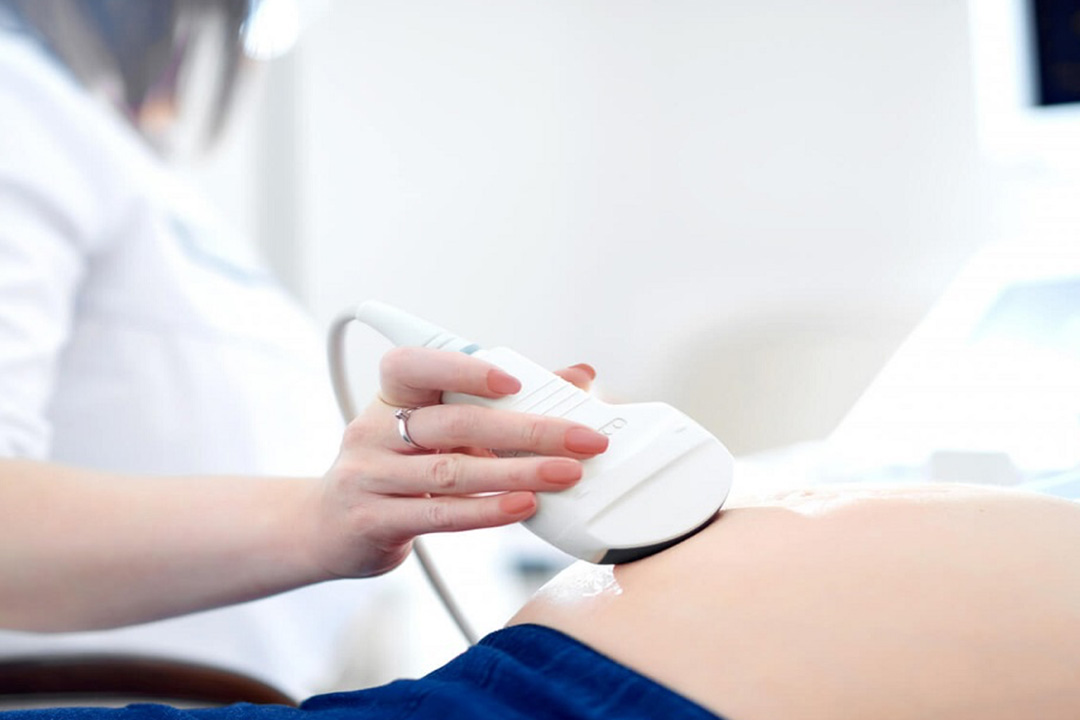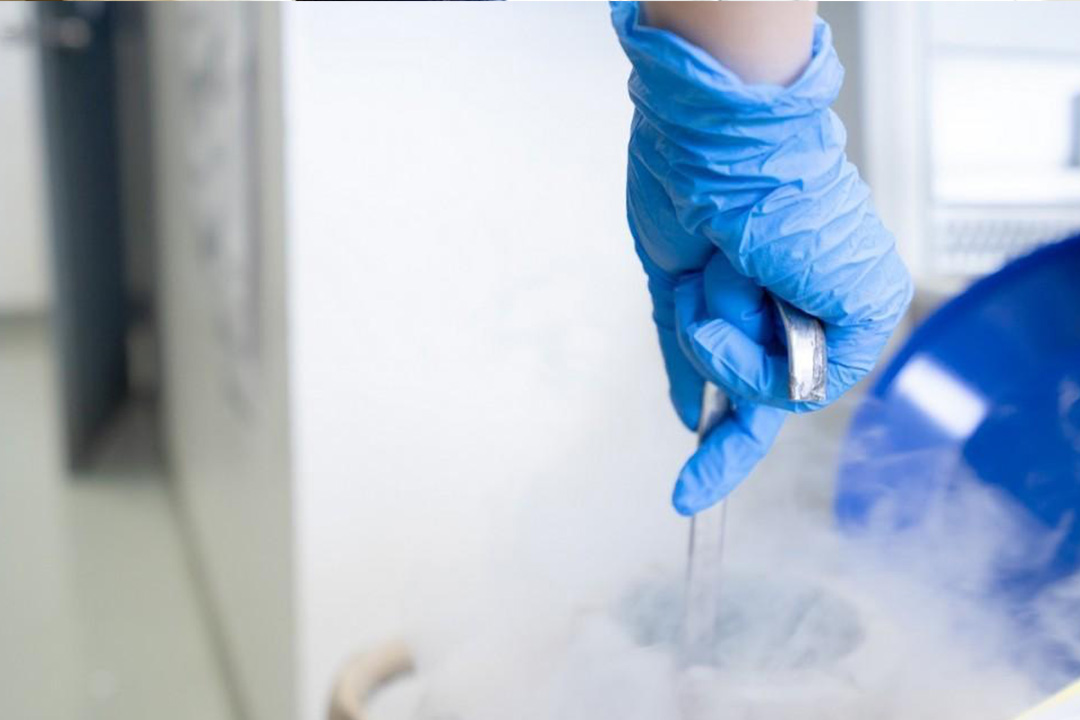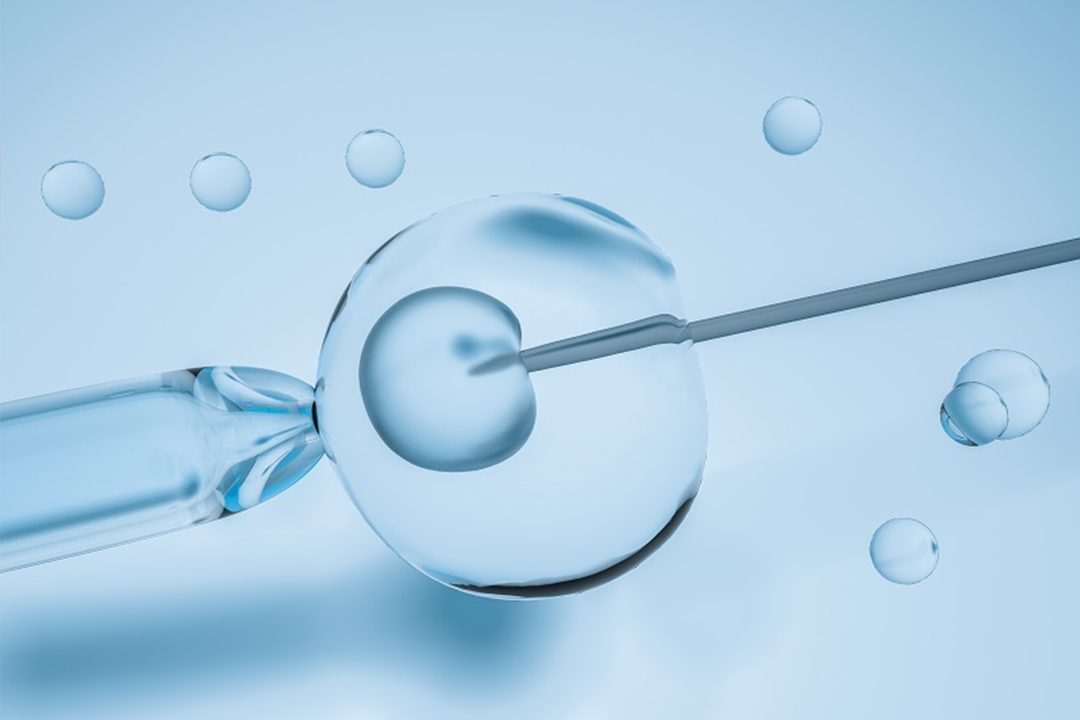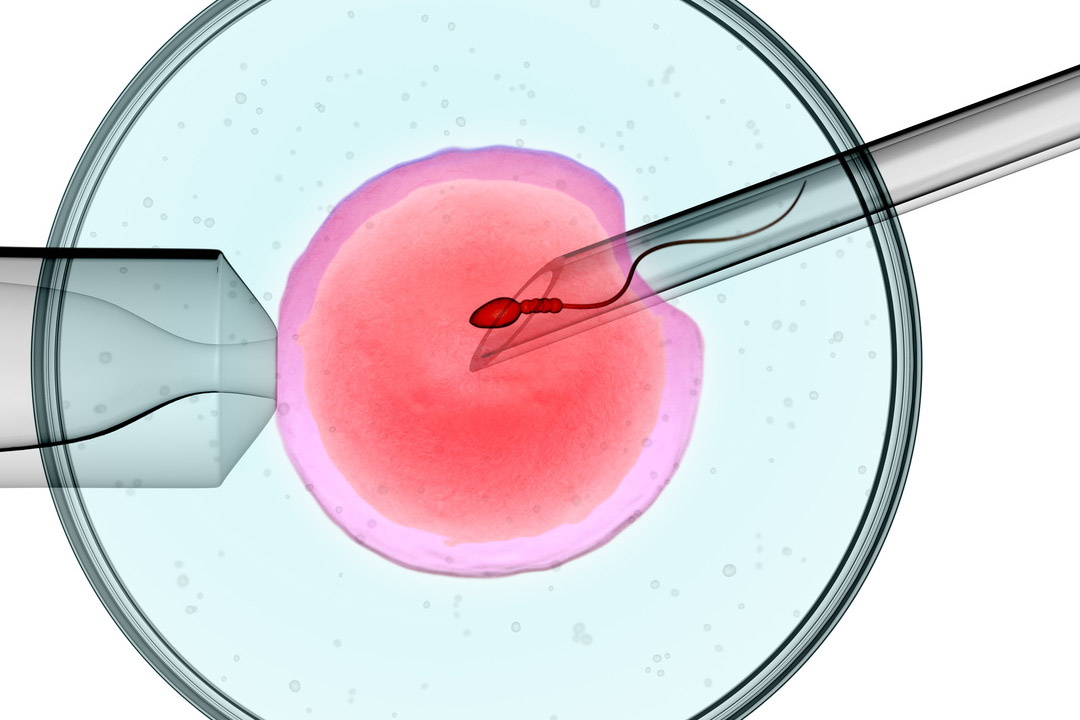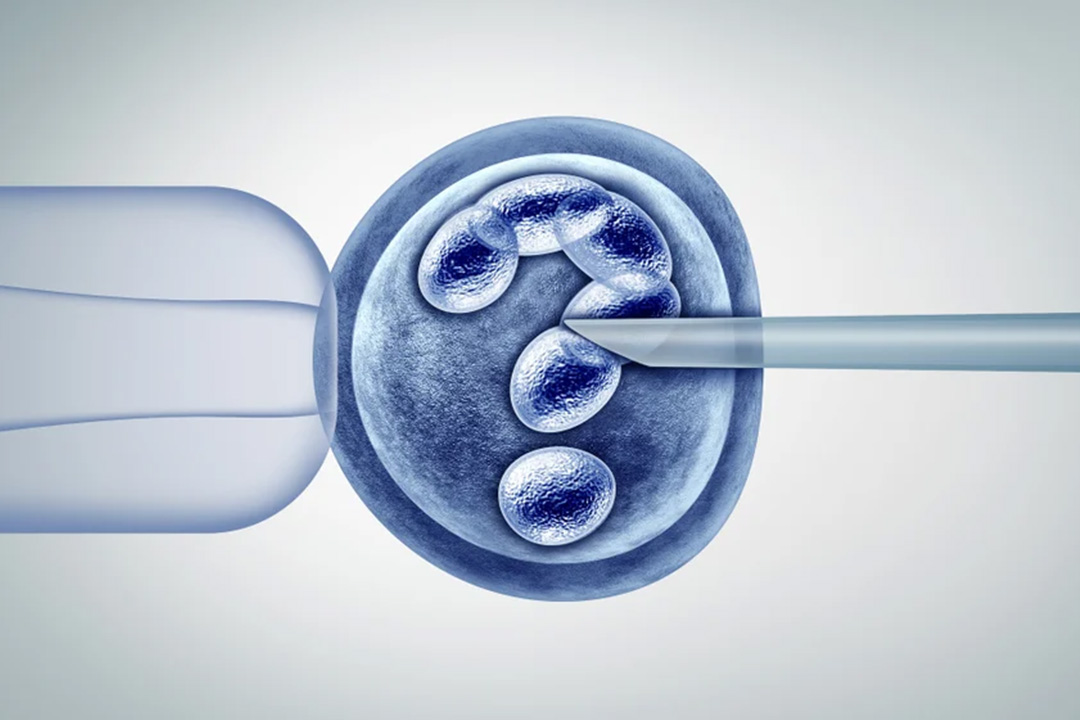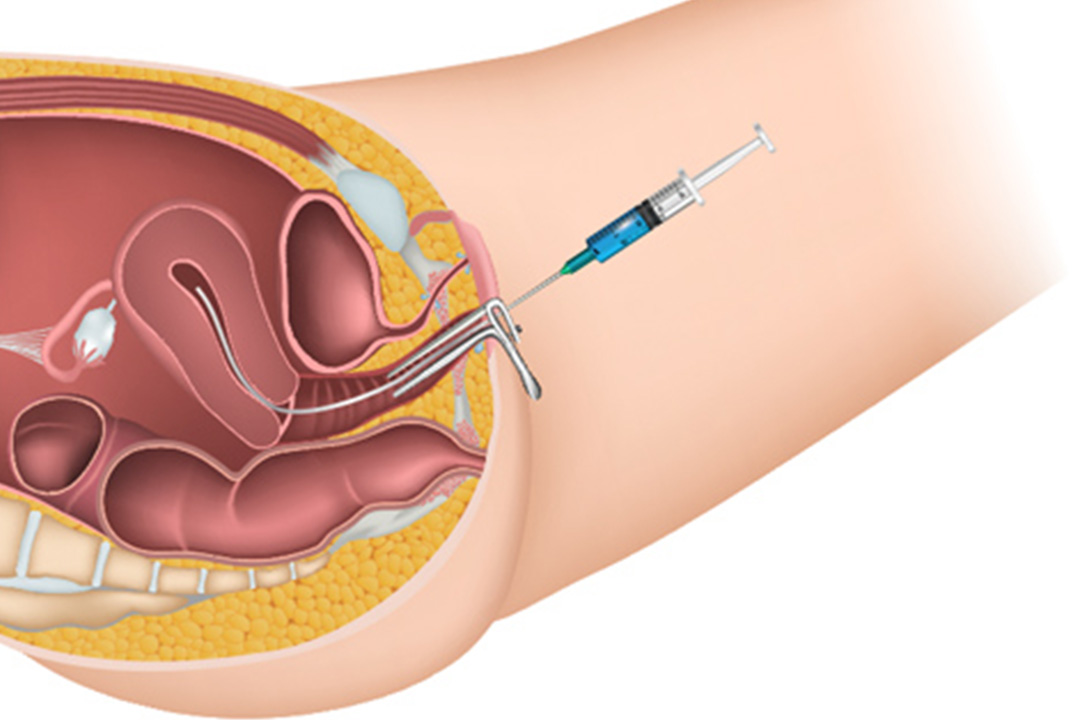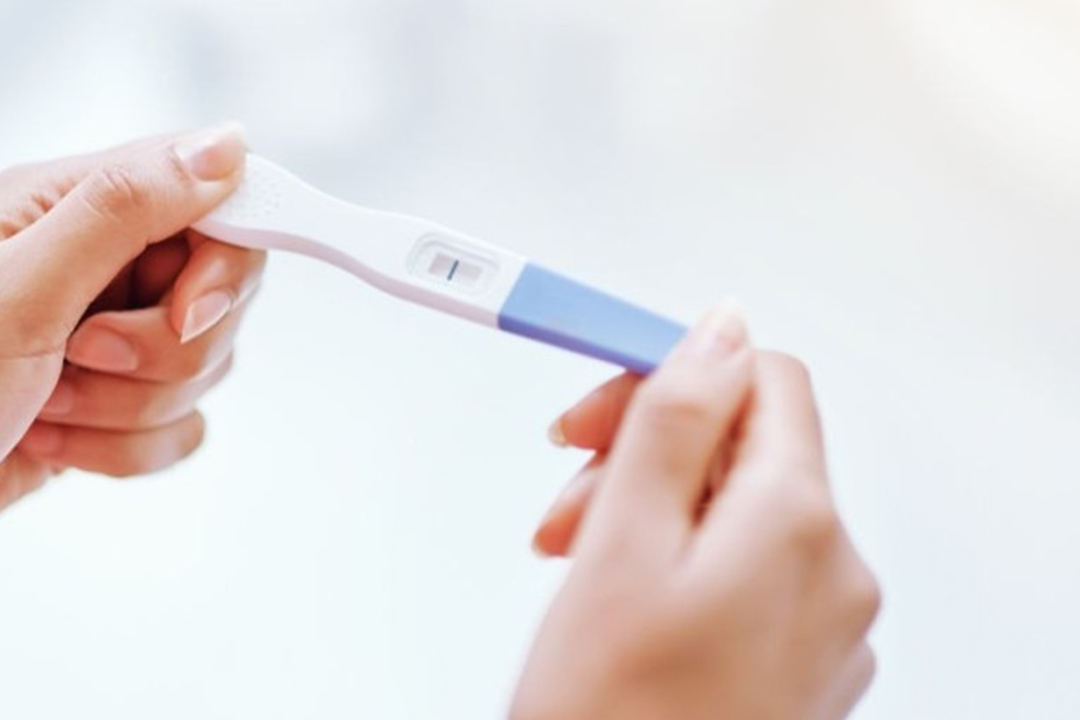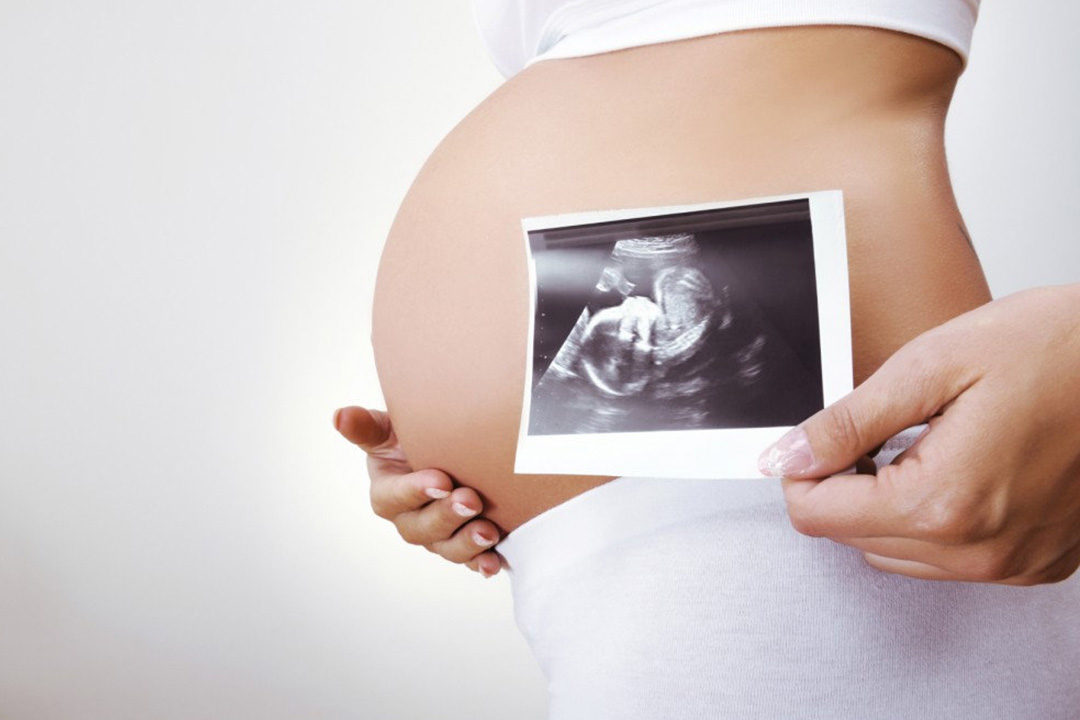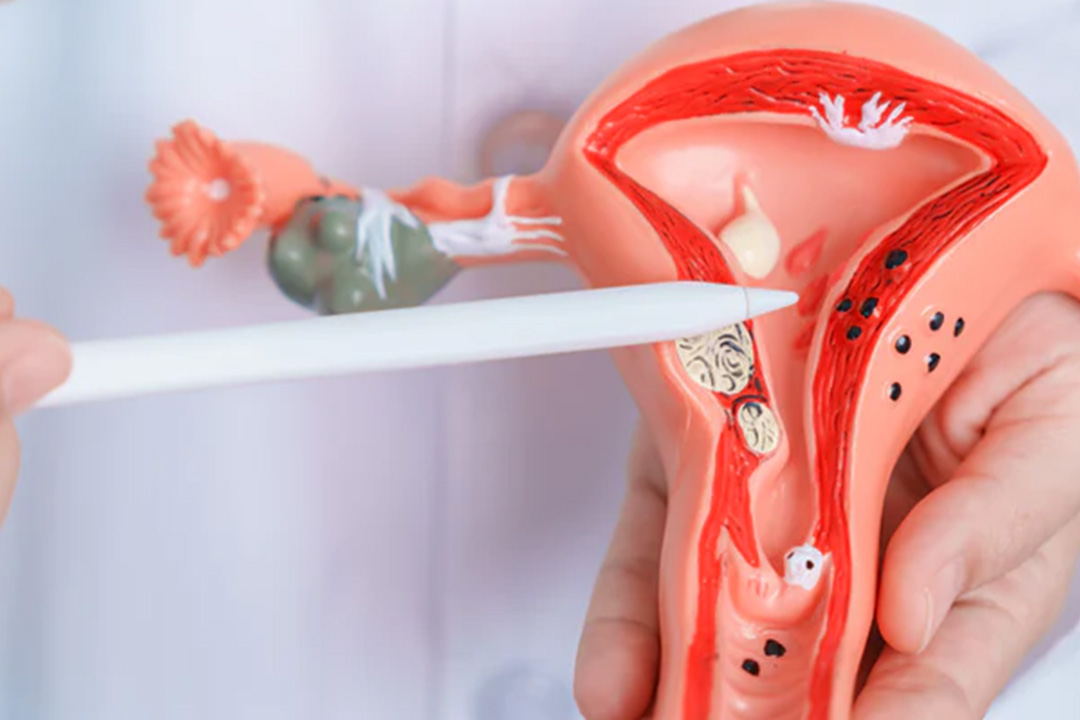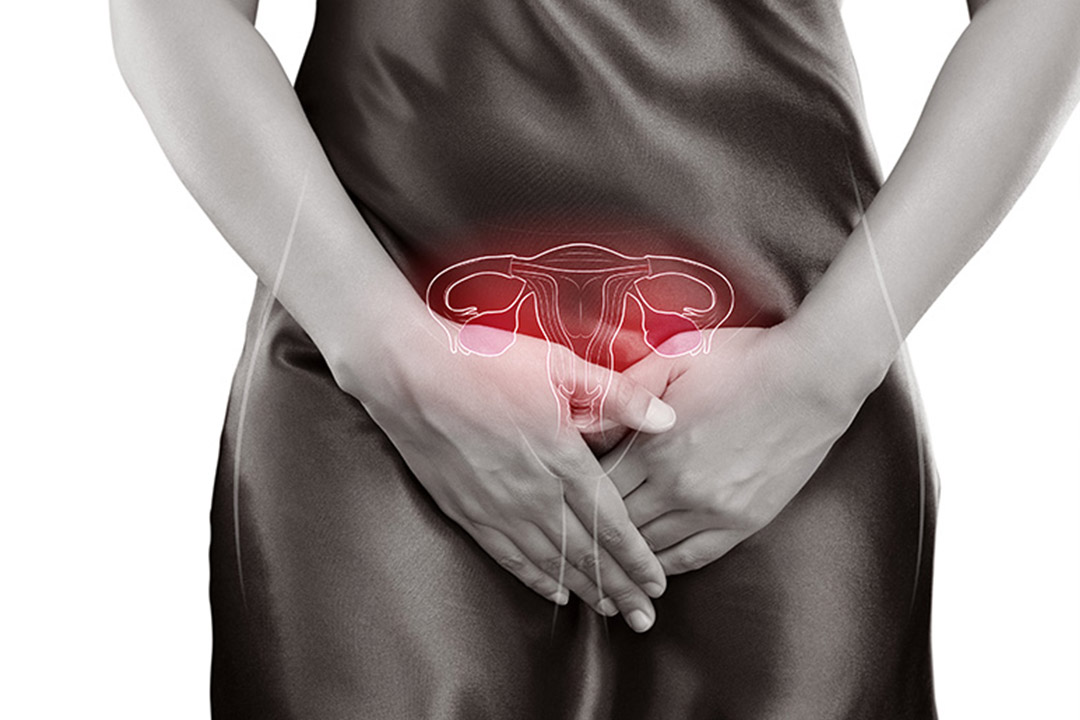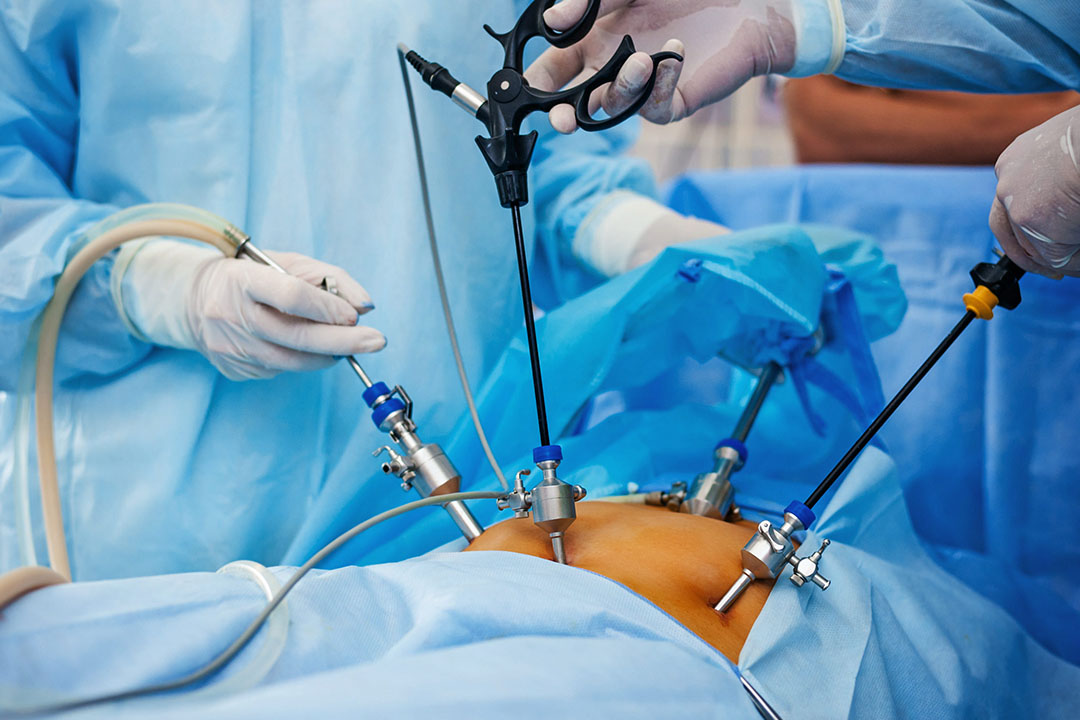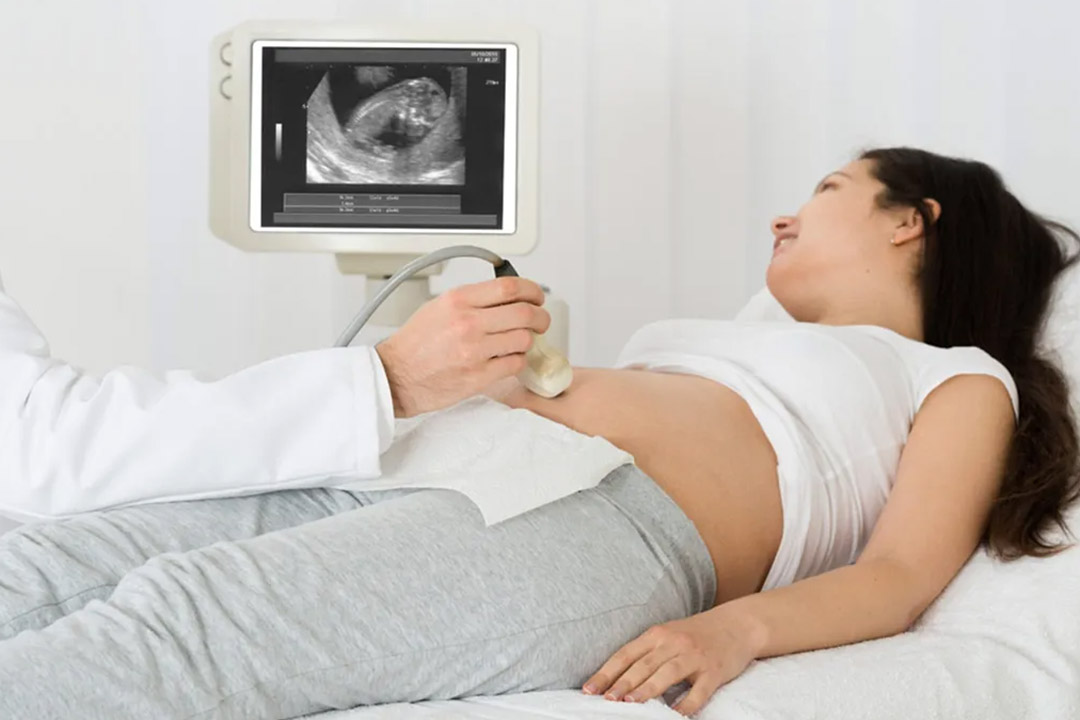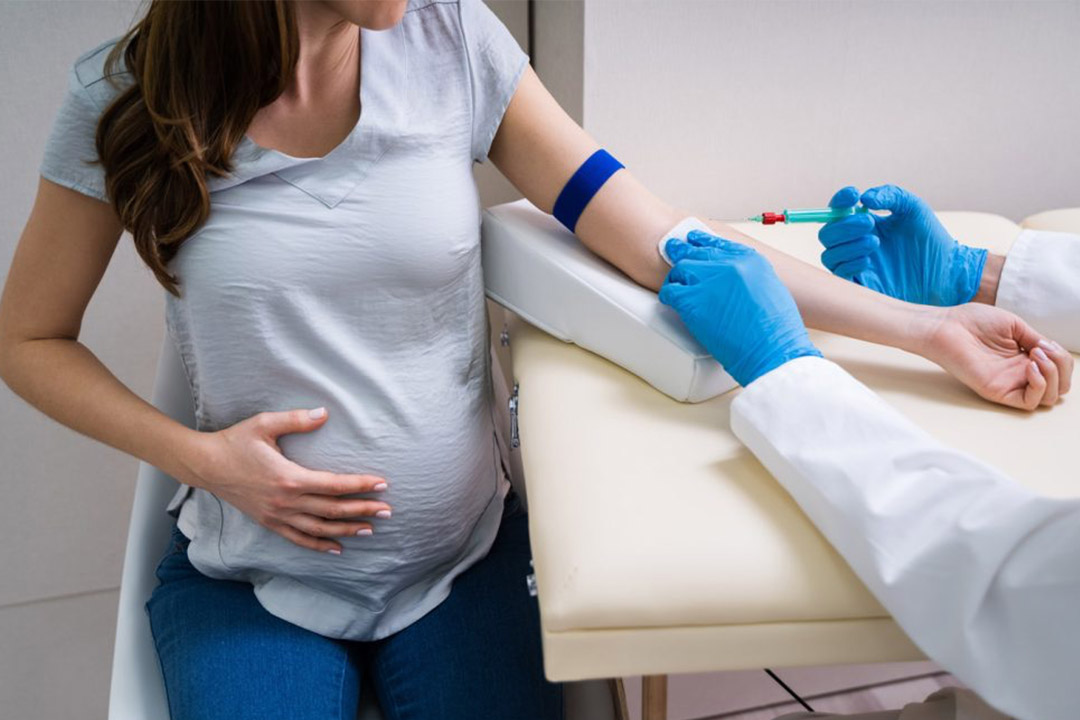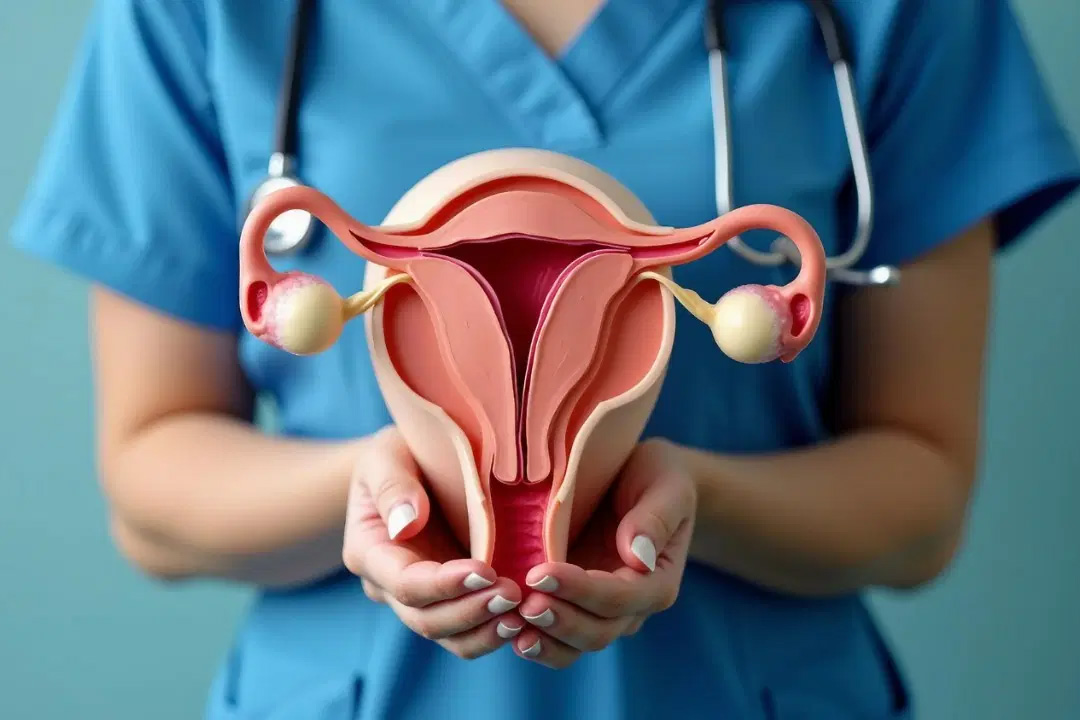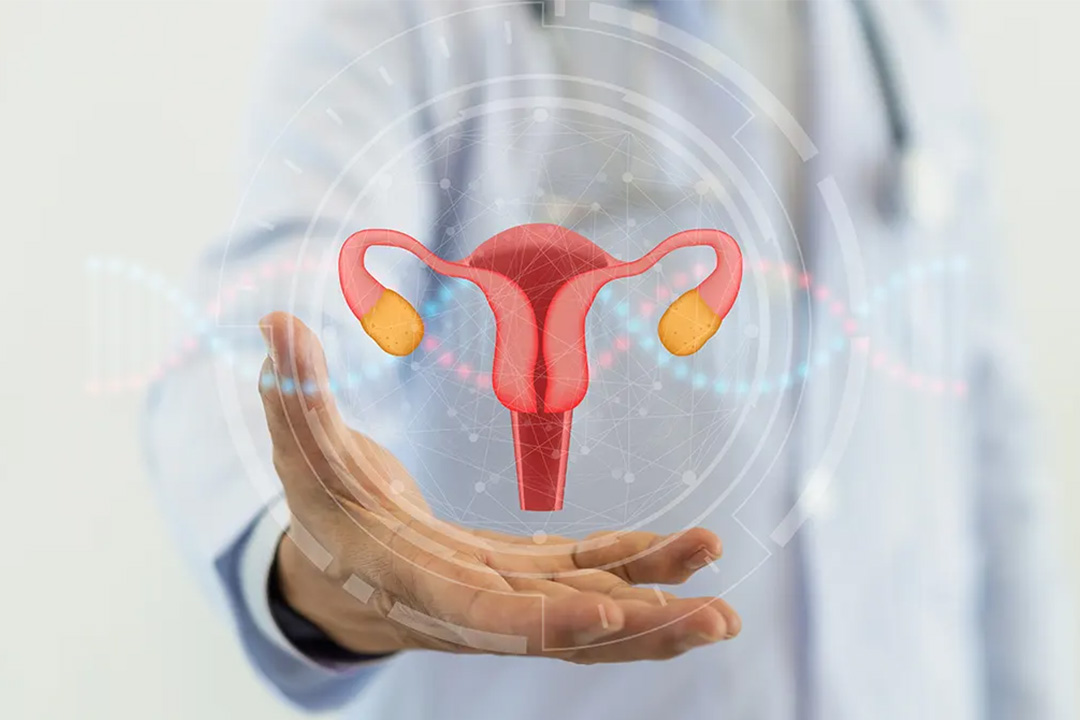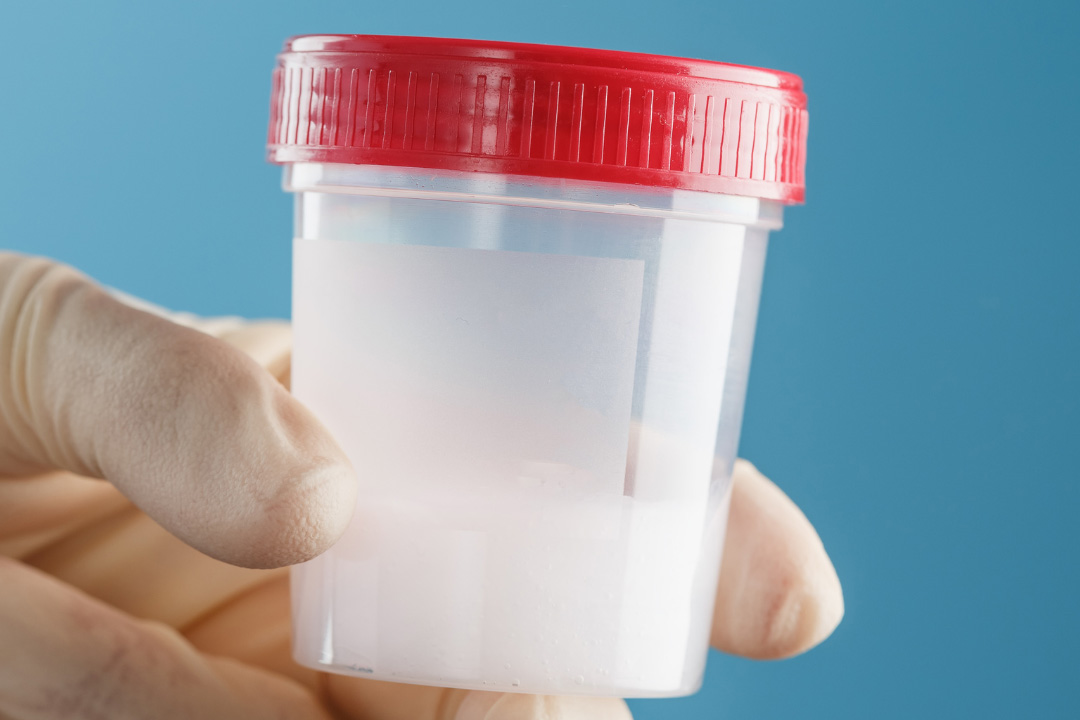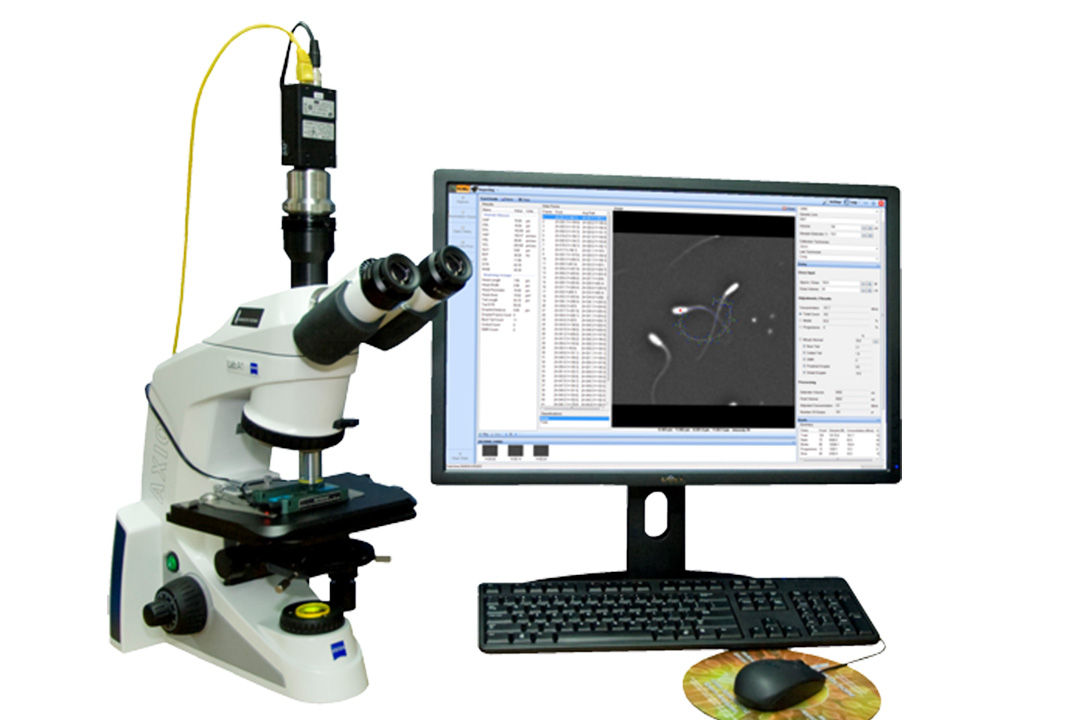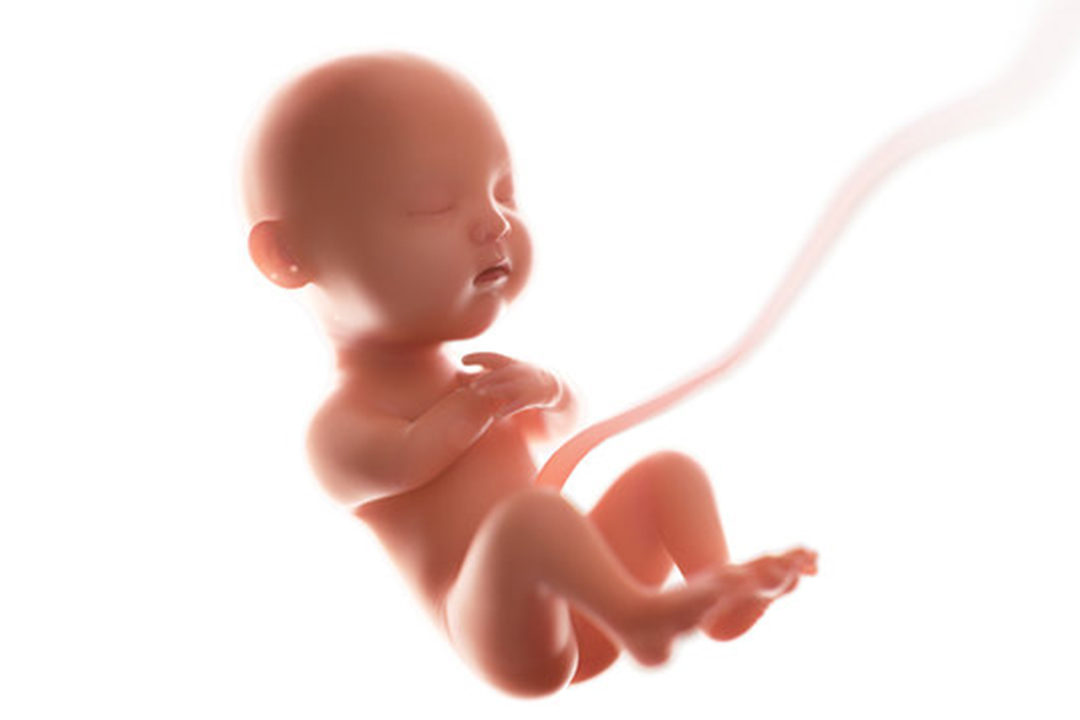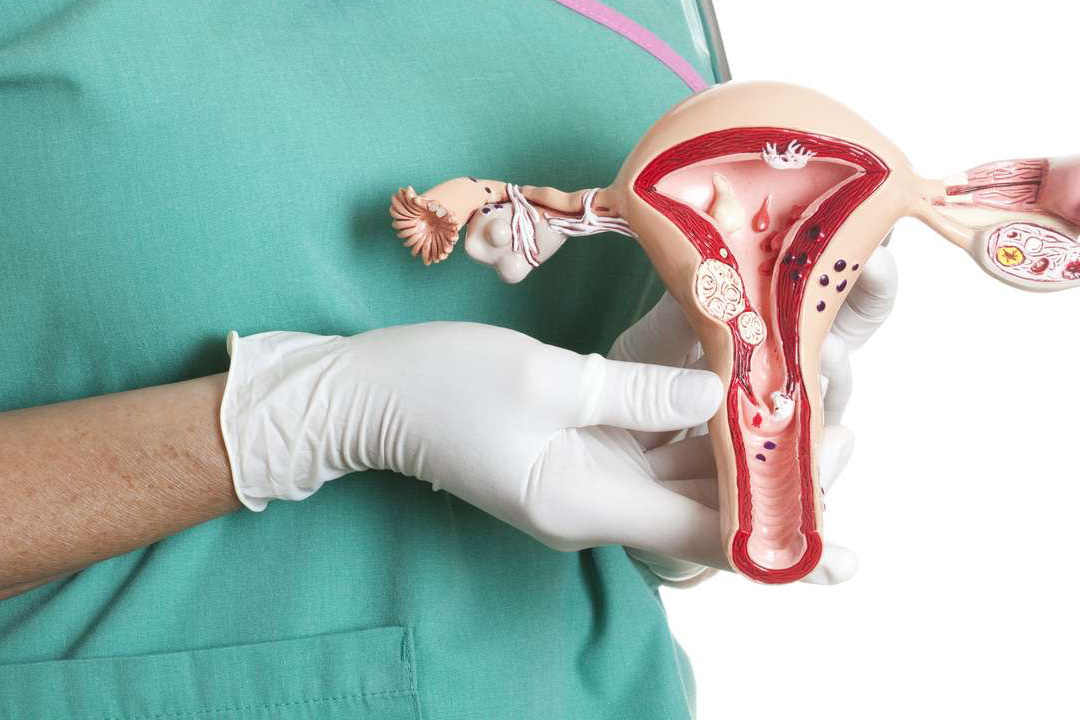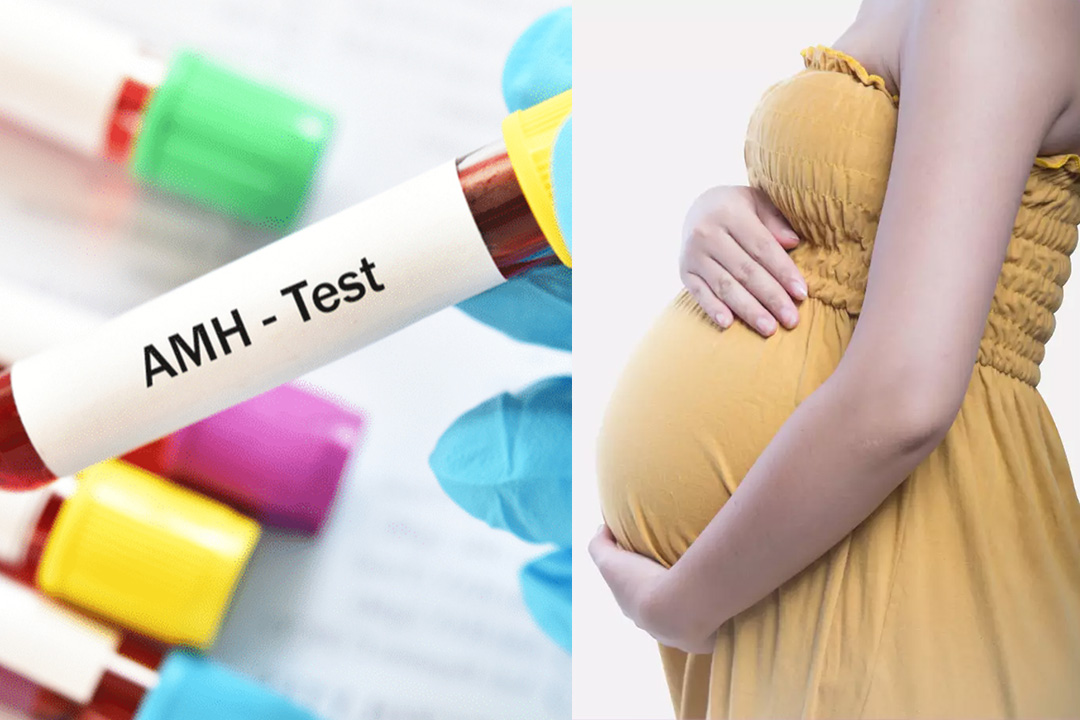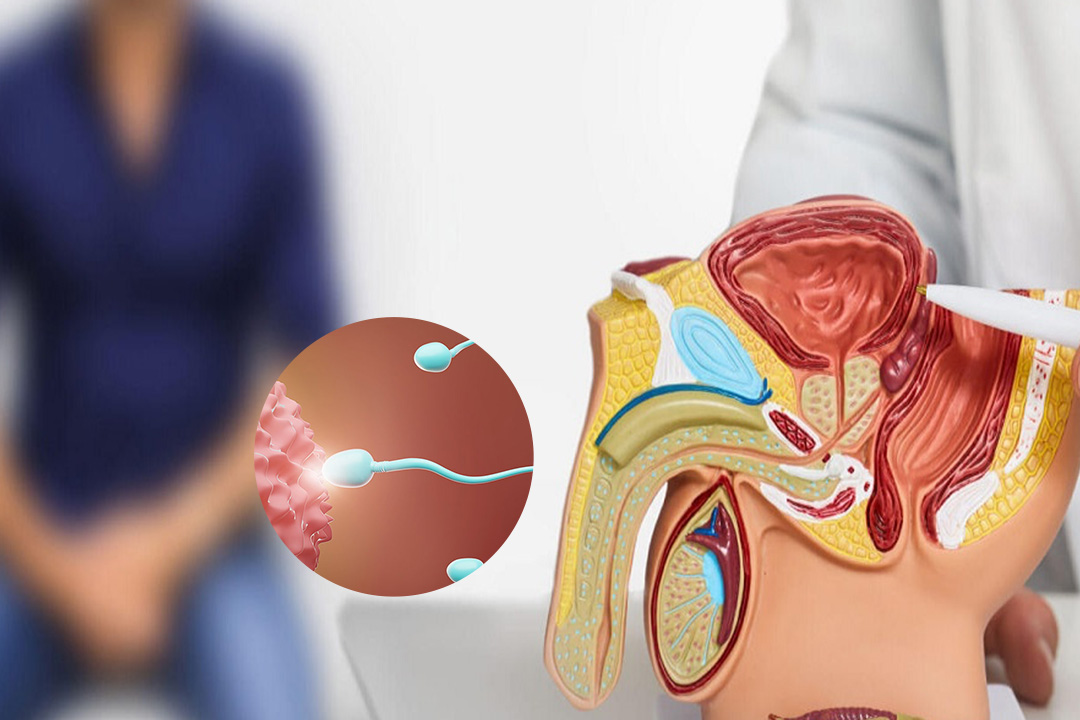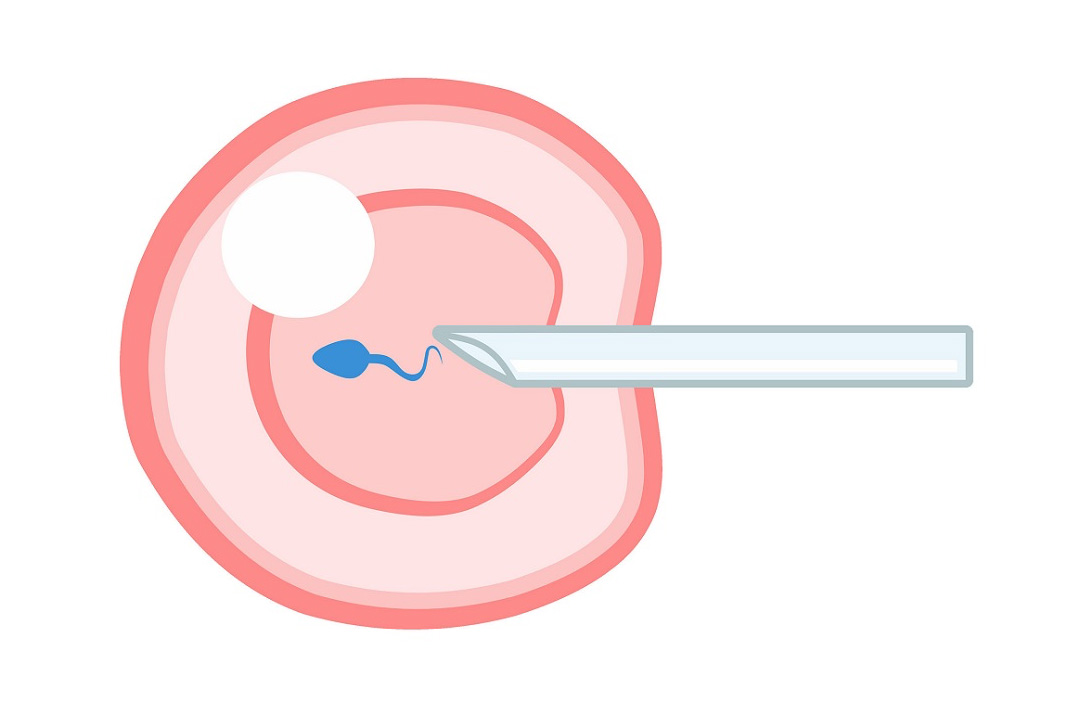The PICU, or pediatric intensive care unit, is the unit of a hospital that provides the highest level of care to children. It is similar to the intensive care unit (ICU), where adults receive special care, but the staff in the PICU specialize in working with children.
The equipment available in the PICU is best suited for children, and the environment may be more child-friendly in general. This unit provides a level of care that is generally not available in other areas of the hospital, although not all hospitals have PICUs.
Who Receives Care in the Pediatric Intensive Care Unit?
PICU patients include newborn babies, toddlers, children, preteens, and teenagers. Most PICU patients are aged 18 or younger. But people with certain conditions may require the services of the PICU even if they are over 18 years old.
Some hospitals have an ICU specifically for newborn babies that is separate from the PICU, called a neonatal intensive care unit (NICU). In hospitals without a NICU, sick newborns who had been released from the hospital previously, as well as infants, are cared for in the PICU.
PICU vs. NICU
What is the difference between PICU and NICU? The main difference is age. The PICU cares for babies and children up to age 18.
NICU is for newborn babies, especially those who are premature or have critical medical conditions at birth. Your baby will go to the NICU if they have:
- Breathing problems
- Sleeping problems
- Extremely low birth weight (may signal problems with their organs)
- Congenital heart failure or heart defects
- Infections
- Bleeding in the brain
Children who are critically ill will also come to the PICU to get constant care and attention. Common reasons your child will go to the PICU include:
- Surgery aftercare
- Lung and breathing issues
- Accidental injury
- Severe infection
- Diabetes complications
- Organ failure
- Cancer
- Epilepsy
PICU vs. MICU
A PICU is mainly for infants and children up to 18 years old, while a medically intensive care unit (MICU) provides care to people of all ages with advanced medical conditions who aren't critically ill. It is usually a smaller version of an intensive care unit (ICU) at most hospitals.
How Long Do Children Usually Stay in the PICU? It depends on your child's condition. Some kids stay in the PICU for a day or two. Others stay for weeks or months.
But longer stays are pretty rare. One study showed that only 1%-4.7% of children in the PICU stayed for longer than 12 days.
Who Works in the PICU?
All of the staff members who work in the PICU specialize in children's intensive care. They include:
PICU nurses: A pediatric intensive care unit nurse works closely with you and your child. They usually have fewer patients to care for at one time than nurses in other departments, so they spend more time with each child. They are the ones delivering general care to your child.
A PICU attending doctor oversees the department and is responsible for overseeing your child's care. In the PICU, the attending is often a pediatric intensivist. These types of doctors have had specialized training in both pediatrics and intensive care.
They are MDs and have graduated from medical school but are now practicing a specialty. Residents in the PICU are usually being trained to become pediatricians. Fellows are already pediatricians, and they are participating in further training to become pediatric intensivists.
Pediatric physical therapists work with children who need help with their mobility. They use playful, child-friendly methods to help kids improve their range of motion, strength, and flexibility.
Even though kids don't have jobs, they can still benefit from occupational therapy. Pediatric occupational therapists help children learn the skills they need to engage in age-appropriate activities independently. They strive to make their sessions feel like playtime to keep kids engaged and learning.
What Is a Day in the PICU Like?
In the PICU, the medical care team meets daily to discuss each child's condition and care. This process is called the team's "rounds." During rounds, the team goes around the PICU to each patient to talk about any changes to their condition or care plan.
In some PICUs, family members must leave during rounds to protect other patients' privacy. Other hospitals offer "family-centered care." In these PICUs, family members are encouraged to stay during rounds and to actively participate in their children's care.
If you're not able to participate in rounds for any reason, the attending doctor will call you or talk to you in person to discuss any important updates.
Some hospitals allow parents to stay overnight with their children in the PICU, while others don't. Either way, some experts suggest going home to get a good night's rest so you can be fully refreshed to support your child.
At many hospitals, other visitors, including other relatives and siblings, can only visit during specified visiting hours. Some hospitals also prevent other children from visiting during cold and flu season to avoid spreading germs that may be dangerous to people with a weakened immune system. You may be asked to wear a mask or gloves while in the PICU to prevent the spread of germs.
What Happens When Your Child Leaves the PICU?
Some kids go straight home from the PICU. Others go to another department of the hospital to receive less intensive care. Either way, getting discharged from the PICU means your child is starting to get better and is OK enough to leave.
Ask the PICU staff any questions you have and see if you can work with a social worker to make sure you have everything ready for when your child comes home after staying in the PICU. Many times, they will need close follow-up and therapies.
Frequently Asked Questions (FAQs)
What level PICU is highest?
A level IV (quaternary) is the highest level PICU and is dedicated to care for the most critically ill babies. It also has specialists in pediatric medicine and surgery available around the clock.
What is the Apgar score?
This score is a quick way for your doctor to assess your baby's well-being after birth and if they need immediate medical care. It is done one minute after your baby's birth and again five minutes later.
Your baby's Apgar score can be from 0-10, 10 being the best. It is based on things such as your baby's appearance, pulse, and breathing. About 90% of babies have an Apgar score of 7-10. If your baby's score is below 7, they may need additional medical attention.
What is the Ballard score?
The Ballard or New Ballard score helps figure out the gestational age of your baby. It can tell whether your baby is premature, full-term, or postterm and if your baby is physically maturing as they should. This is important because it gives your doctor information on your baby's growth and development.
About Us
AKsigen IVF is a premier center for advanced fertility treatments, with renowned fertility experts on our team. Specializing in IVF, ICSI, egg freezing, and other cutting-edge reproductive technologies, AKsigen IVF is committed to helping couples achieve their dream of parenthood. With personalized care and a patient-first approach, AKsigen IVF provides comprehensive fertility solutions under one roof.




